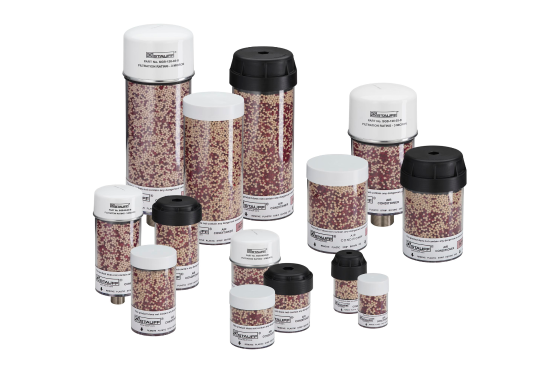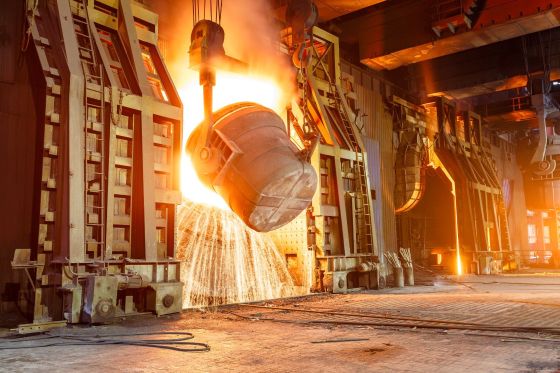Can desiccant breathers be retrofitted on a machine or in a system?
Episode 18 of the STAUFF Miniseries "Is Your Hydraulic System Breathing Properly?"
Most hydraulic reservoirs are fitted with an air breather at the factory that allows the hydraulic system to breathe. Depending on the situation and the area of application, for example if a mobile or stationary system is used in a climate zone with a high humidity level, it is practical to retrofit a dehumidifier. This is easily done:
Did you know: You can turn on subtitles by clicking the CC button at the bottom of the video.
Watch this and all other episodes of this STAUFF Minseries on Youtube instead.
Retrofitting a dehumidifier is easy
Dehumidifiers are easy to retrofit. The hydraulic accessories range from STAUFF includes adapters, adapter plates and versions with different threads for easy installation of the different series. Experts warn, however, that considering the consistency of the hydraulic oil – which is influenced by moisture – should not be left until just before startup of the hydraulic system.
Dehumidification should be planned in good time
Consistently removing moisture from the air, which is introduced into the tank when the system breathes, protects the hydraulic oil against ageing prematurely. Moisture changes the properties of the fluid, but it is crucial for smooth operation of a hydraulic system that these properties are constant. The more complex machines and systems become, the less tolerant hydraulic systems are to fluctuating and poor quality of the hydraulic oil.
Viscosity is a key property of the oil during operation. It describes the flow property of a liquid. Does it spread quickly – like water – or slowly – like tar? The viscosity of hydraulic oil is somewhere in between, differs from product to product and changes depending on the operating temperature, pressure and humidity. The hotter the oil, the thinner it is. The properties of the oil are also affected by the pressure in the system, and of course by the humidity.
Considering hydraulic systems as a whole
These and other factors influence the transmission of forces in a hydraulic system. Taking these into account during the design phase already and considering the ideal parameters of the fluid to be used make it much easier to determine the right dimensions, with a more efficient and economical result. This includes, for example, the cross sections of hydraulic lines, the configuration of cooling units or the capacity of the hydraulic pumps used. But reliable recommendations for the seal and hose materials or for the oil change and service intervals can also be given in advance. This is provided that the user protects the hydraulic system consistently against moisture – either with a retrofit or by carefully servicing a pre-installed dehumidifier.
Do you already use dehumidifiers in hydraulic systems?
Then share your experiences and leave a comment below this post.

Newsletter Subscription
Receive automatic e-mail notifications about new posts on the STAUFF Blog








